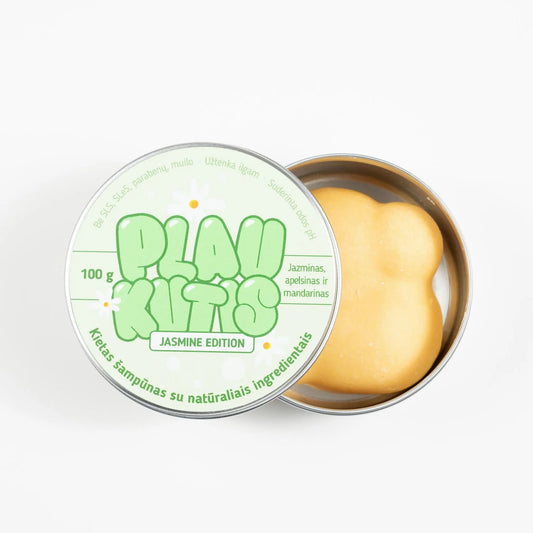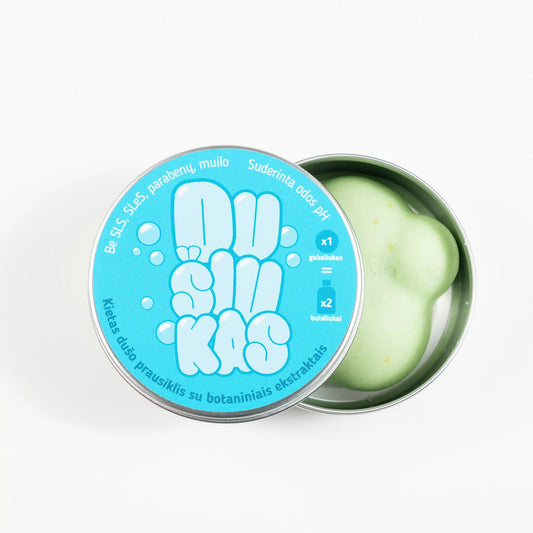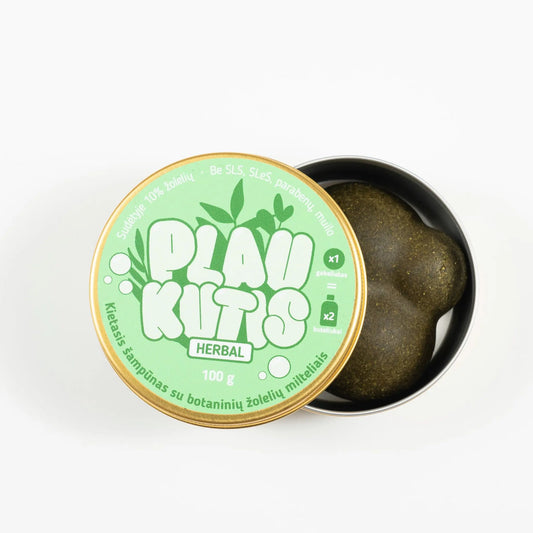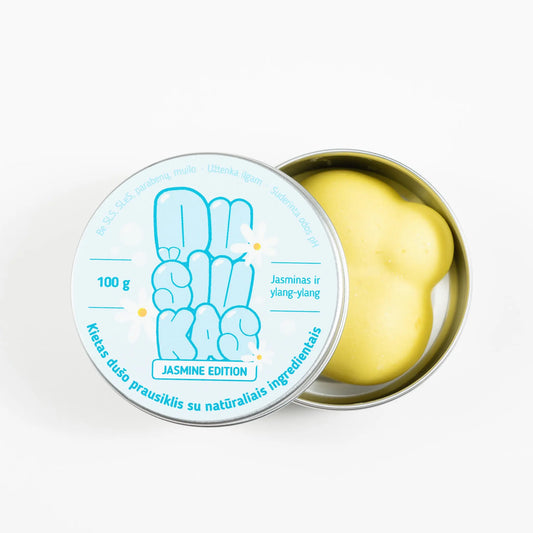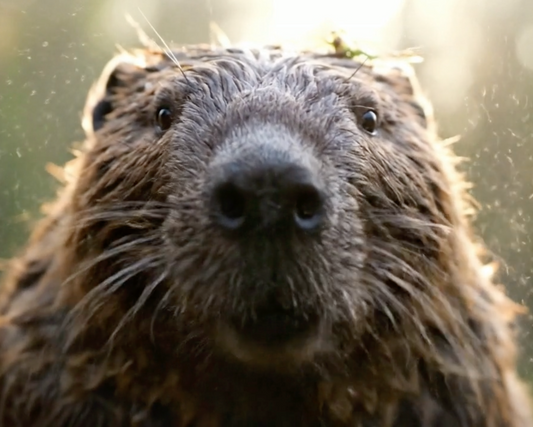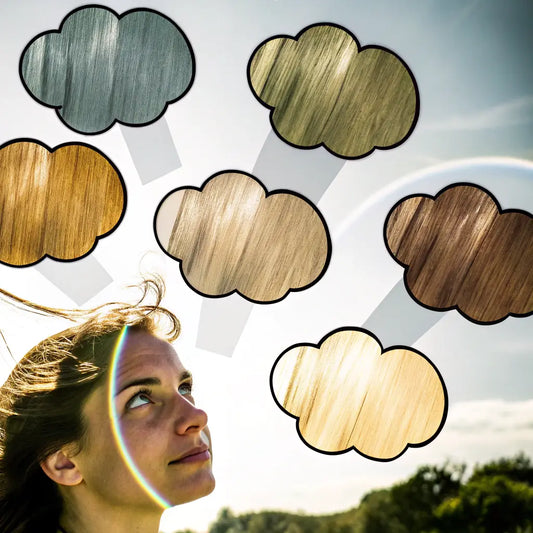Moving to a new place can be both exciting and challenging, but many people don’t realize that the move can also affect their hair. Whether you’re moving to a different country, city, or climate zone, environmental changes can have a significant impact on the texture and health of your hair. From humidity to water quality, the environment around you has a big impact on how your hair behaves and responds to care.
When you move to a new environment, you may notice that your hair becomes coarser, drier, or even changes its texture. These changes are caused by a variety of factors, such as temperature, humidity, wind, and water quality. Understanding how these elements affect your hair is essential to maintaining healthy, beautiful hair after moving. In this article, we’ll discuss how moving can change your hair and give you tips on how to adapt your hair care routine to your new environment.
The influence of climate on hair texture and type
Humidity and its effects on hair
Humidity is one of the most common factors that can drastically affect your hair, especially if you have wavy, curly, or kinky hair. High humidity levels cause your hair to absorb moisture from the air, often resulting in frizz and loss of curl or wave definition. A 2021 study found that nearly 70% of people report significant changes in their hair’s behavior due to humidity , with those with curly or wavy hair being the most affected. In tropical or high-humidity regions, hair can also feel heavier and less bouncy due to the extra moisture it absorbs.
On the other hand, in dry regions with low humidity levels, hair tends to lose moisture, becoming brittle and easily broken. For example, people who move from a dry climate to a humid one often experience increased hair volume, but face changes in frizz and texture.
Fun fact : Did you know that humidity levels above 60% can cause hair to become frizzy and frizzy? This is because hair is hydrophilic, meaning it attracts water molecules from the surrounding air.
Temperature extremes and hair behavior
Temperature also has a big impact on hair texture and health. Cold climates can make hair dry and brittle, as low humidity levels in the air dehydrate the hair. In colder regions, hair can also be more prone to breakage due to constant wind exposure and indoor heating systems that strip the hair of its natural oils. On the other hand, hot, sunny environments can cause heat damage, fading of hair color, and a coarser texture. Excessive exposure to the sun’s UV rays can weaken the protein structure of hair, making it more brittle.
A 2019 survey found that people who migrated to colder climates were 40% more likely to experience hair breakage, while those who moved to hotter regions reported a 25% increase in hair dryness and brittleness.
- Tip : In cold climates, use moisturizing hair masks and oils to keep your hair hydrated. In hot climates, protect your hair from the sun by wearing hats or using products with UV filters.
Wind and hair
In windy conditions, hair is more prone to tangling and breakage. Constant exposure to strong winds can cause knots, split ends, and even hair thinning, especially for women with long hair. Wind strips hair of moisture and roughens its surface, making it coarser and harder to manage. Coastal regions or areas prone to storms are more likely to experience these problems.
To protect your hair in windy areas, consider wearing protective hairstyles like braids or ponytails. A 2020 study on the effects of environmental factors on hair damage found that people who frequently wore protective hairstyles in windy areas reported 30% less hair breakage than those who wore their hair loose.
Water quality and hair health
Water quality is another important factor that can affect your hair after moving. Hard water, which is high in calcium and magnesium, can leave your hair feeling dry and weighed down. This happens because the minerals build up on the surface of your hair, preventing moisture from penetrating. Soft water, on the other hand, allows products to be absorbed better, leaving your hair softer and shinier.
If you've moved to an area with hard water, you may notice that your hair is becoming dull or lifeless. Investing in a water filter or using a clarifying shampoo can help reduce mineral buildup and maintain healthy hair.
Fun fact : 75% of U.S. households use hard water, which can affect hair health by causing mineral buildup.

Adapting your hair care routine after migration
Adaptation to new environmental conditions
When you move to a new region, the first step should be to assess the environmental factors affecting your hair. This includes checking the humidity levels, temperature, and pollution levels in your new location. In tropical or humid regions, use lightweight products like serums and sprays that help control frizz without weighing it down. Look for products that form a barrier to prevent excess moisture from penetrating your hair. In dry, cold regions, use intensive moisturizers like leave-in conditioners, oils, and rich hair masks to lock in moisture and prevent breakage.
Pollution is another major factor. High levels of pollution can cause scalp irritation, product buildup, and dull hair. In urban environments, clarifying shampoos and scalp treatments can make a big difference.
- Tip : Keep a hair diary for the first few weeks after moving in. Watch for any changes in texture, moisture, or breakage and adjust your products accordingly.
Choosing the right products in a changing climate
Products you used in your previous location may not work as well after moving. In tropical or humid climates, opt for lightweight products like serums and sprays that help control frizz. Look for anti-humidity formulas that create a barrier to prevent excess moisture from penetrating your hair. In dry, cold regions, use intensive moisturizing products like leave-in conditioners, oils, and hair masks.
- Fun fact : Silicone-based products can help create a protective barrier on your hair, preventing moisture loss in dry climates and keeping excess moisture at bay in humid climates.
Protective hairstyles and techniques
Protective hairstyles are essential in combating environmental factors that can damage your hair. Hairstyles such as braids, ponytails, and headbands can help reduce your hair's exposure to harsh weather conditions and reduce the need for frequent styling, which can lead to damage. These hairstyles are especially beneficial for those who are frequently exposed to extreme temperatures or who frequently change locations.
- Tip : Switch to satin pillowcases and hair coverings to reduce friction and prevent hair breakage while you sleep, especially in climates that dry or brittle hair.
Globalization and hair trends
How globalization has affected hair care products
Globalization has made hair care products from different regions easily accessible, helping people adapt to new environments. For example, oils from South Asia, such as coconut oil, or argan oil from Morocco, have become popular worldwide for their moisturizing properties. Similarly, products designed for specific climates, such as anti-frizz serums or heat sprays, are now available worldwide.
Changing beauty standards and hair care practices are becoming more diverse and inclusive as more people migrate and cross cultural boundaries. A 2020 Mintel report highlighted that global hair oil sales increased by 35% as awareness grew about the benefits of natural oils for different hair types.
Global changes in hair trends
Migration has also influenced global hair trends, as people bring their styling techniques and hair care practices with them. For example, the natural hair movement, which began in the United States, has inspired people around the world to embrace their natural texture. Braids, twists, and protective hairstyles that originated in Africa are now considered fashionable in many parts of the world.
At the same time, the exchange of ideas and products has made it easier for people to find solutions that work for their unique hair types, no matter where they live. This global exchange has led to a more inclusive beauty industry that offers a wider range of products tailored to different textures, climates, and styling needs.
Fun fact : The global hair care market is expected to reach $116 billion by 2024 , with much of the growth driven by the increasing demand for climate-specific hair products.

Myth busting and interesting facts about migration and hair
-
Myth : Moving to a new location doesn't affect your hair much.
Fact : Environmental factors such as humidity, temperature, and water quality can drastically change the texture and health of hair. -
Myth : Hair damage due to weather conditions is inevitable.
Fact : With the right protective hairstyles and products, you can reduce the effects of environmental stressors on your hair. - Fun fact : 25% of people report needing to change their hair products within a month of moving to a different climate, according to a 2020 study.
-
Myth : You can use the same hair care routine no matter where you live.
Fact : Your hair care routine should change based on the climate, humidity, and even water quality in your new location. - Fun fact : People living in coastal regions are 35% more likely to report increased hair tangling due to wind, according to a 2021 study.
Frequently asked questions about migration and hair changes
-
Will my hair really change after moving to a new climate?
Yes, environmental factors such as humidity, temperature, and water quality can cause noticeable changes in hair texture and behavior. -
How do I know if my hair needs new products after moving?
Pay attention to how your hair feels and looks. If you notice more frizz, dryness, or breakage, it's time to adjust your routine and products. -
What is the best way to protect your hair from new climate conditions?
Invest in protective hairstyles and use products designed for your specific climate. Moisturizing masks and oils are also key to success. -
Can water quality really affect my hair?
Absolutely. Hard water can leave mineral deposits on your hair, making it dry and lifeless, while soft water makes your hair softer. -
Can moving often make my hair look thinner?
Yes, some people notice changes in hair density or thickness due to climate change, stress from moving, or changes in water quality.
Conclusion
Migration can have unexpected effects on your hair, but understanding how environmental factors like humidity, temperature, and water quality affect your hair is the first step to maintaining its health. By adapting your hair care routine to your new environment, using protective hairstyles, and products designed for your specific climate, you can maintain healthy, beautiful hair no matter where you live. Embrace the changes and enjoy the unique way your hair responds to new conditions while tailoring your care practices to your specific needs.
